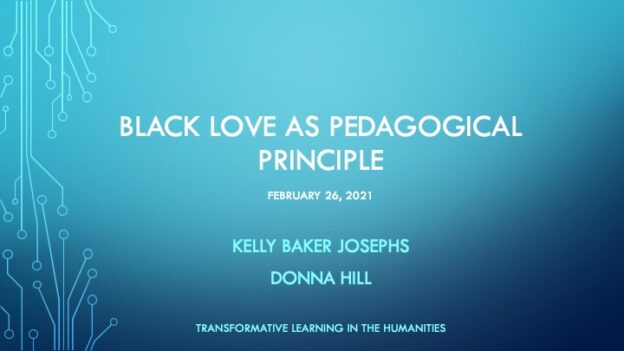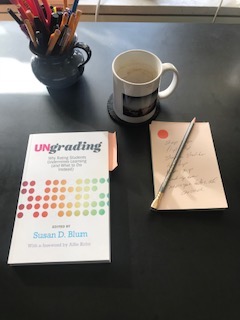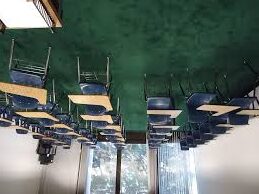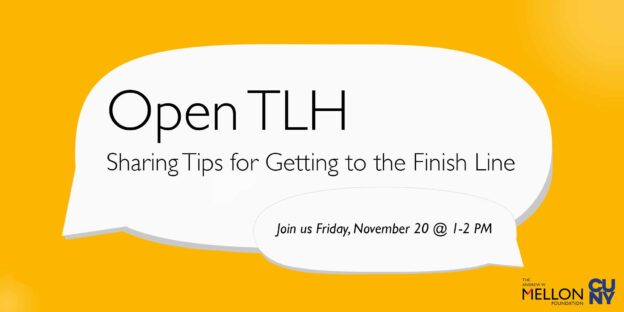This post was co-written by Contributing Authors Kelly Baker Josephs (York College, CUNY Graduate Center) and Donna Hill (Medgar Evers College).
On February 26, 2021, Kelly Baker Josephs and Donna Hill led a discussion via Zoom about approaching pandemic teaching at CUNY via the frame of Black love. As Black female professors in primarily general education courses at campuses with large populations of Black students, Josephs and Hill have found themselves asking: How can we support our students as “‘whole’ human beings, striving not just for knowledge in books, but knowledge about how to live in the world” (bell hooks, 1994). This has always been a concern at CUNY, but the shift to virtual teaching and the threat of COVID-19 and its aftermath, in all aspects of our lives, has made the need to acknowledge non-academic factors as part of the “classroom” both more difficult and more dire. This hour of intimate conversation focused on the benefits and risks of such openness for Black faculty and Black students. Continue reading







